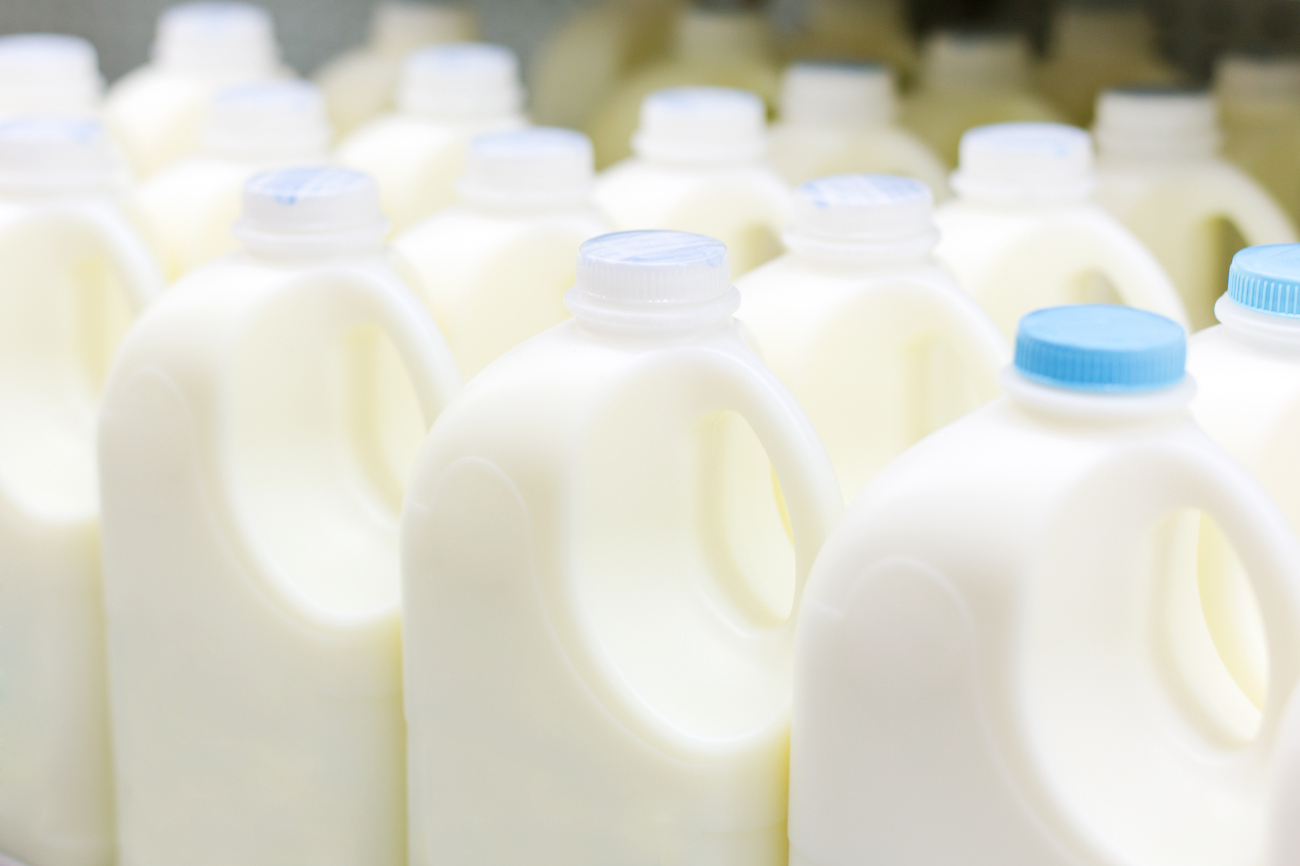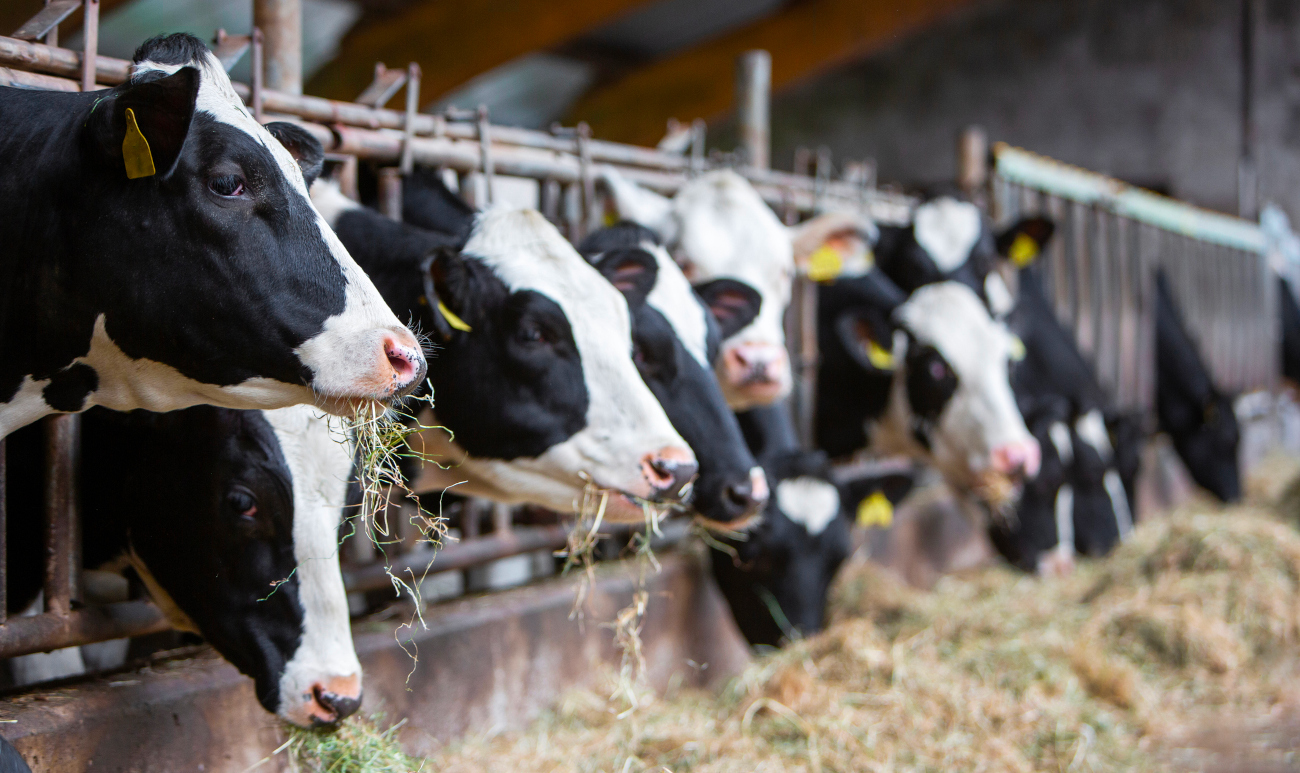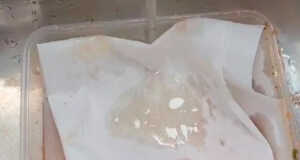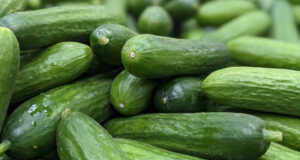Milk is once again something to be wary of.

Since March 25th, bird flu has hit populations of forty-two dairy cow herds spread across nine different states. Upon hearing this news, the first question that comes to mind is simple — is milk is safe to drink?

The FDA conducted tests, sampling 297 different milk brands across thirty-eight states. And while pasteurization broke the virus into fragments, the FDA went to see if these fragments were active or inactive. The test consisted of egg inoculation, which introduces the virus fragments to an egg to see if it will fertilize the egg, reactivate, and reproduce.
Test results came back negative, meaning there are no living samples of H5N1 in pasteurized milk.

However, the real risk comes with raw milk. While there haven’t been any reports of H5N1 in raw milk, it’s not off the hook. Without pasteurization, raw milk is known to commonly harbor disease-causing pathogens like listeria and E. coli, and this new H5N1 virus can easily come up in raw milk.
It’s too early to determine the risks, as it was only two months ago that an avian virus transmuted to affected cattle and showed up in dairy and meat. While more information is being researched and learned, it’s best to stick to pasteurized milk as it seems the pasteurization process kills the virus.










